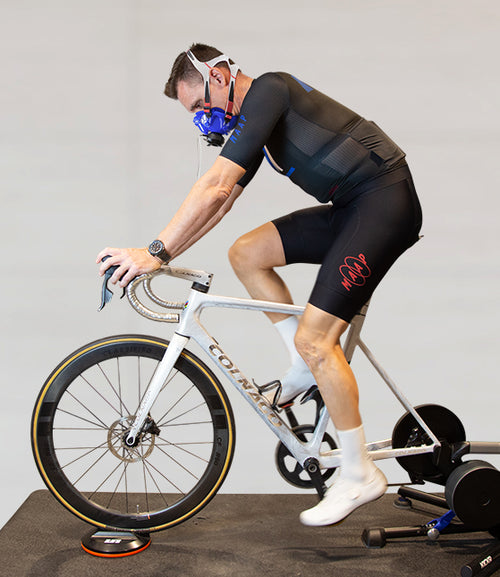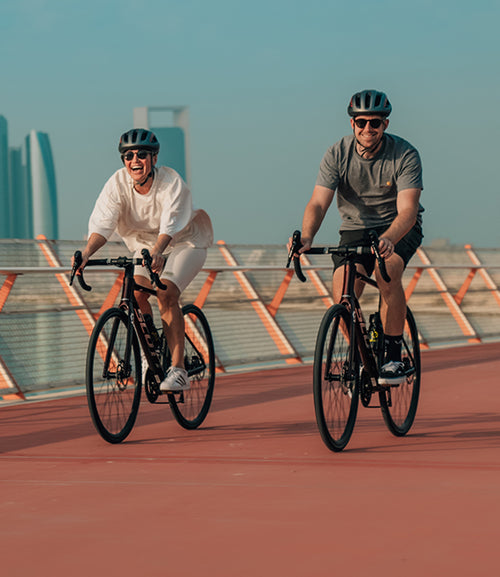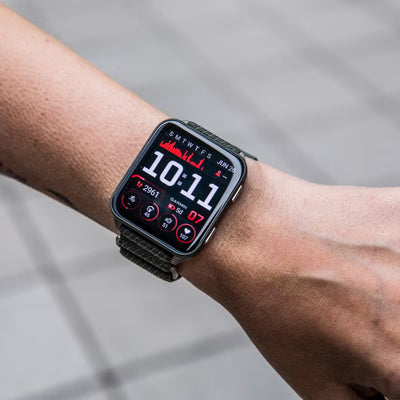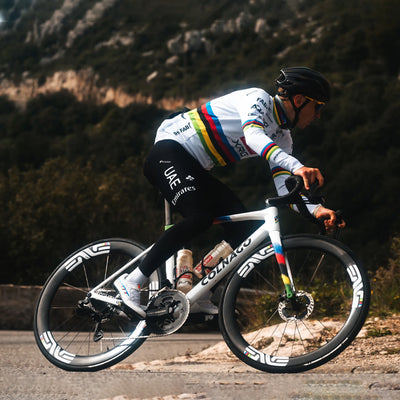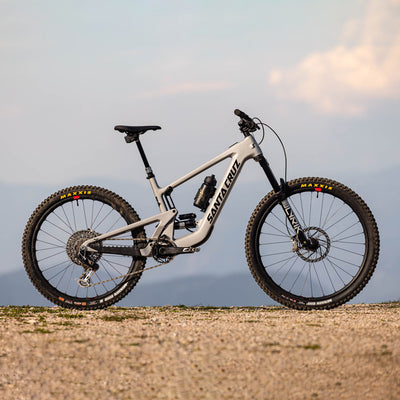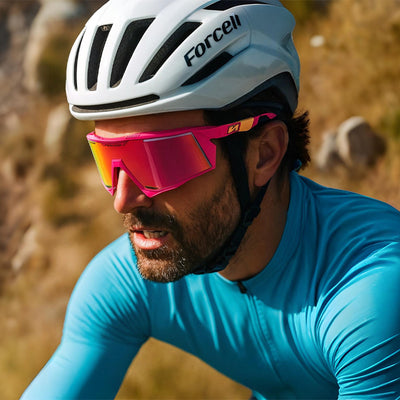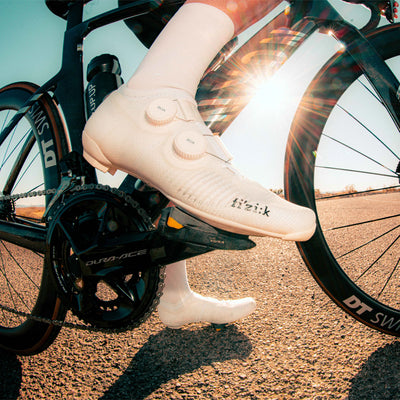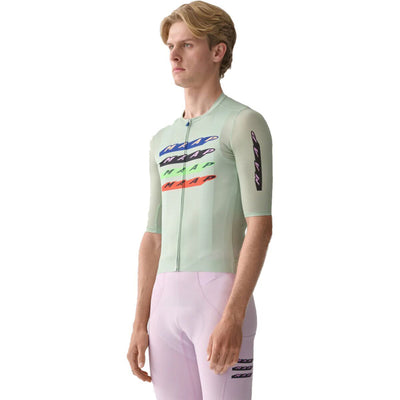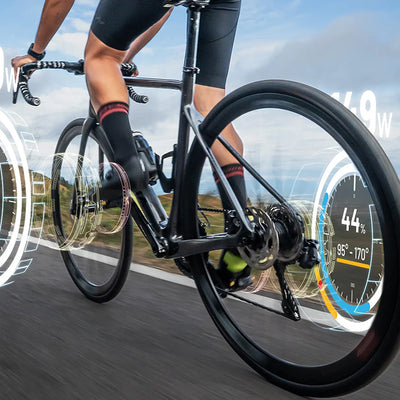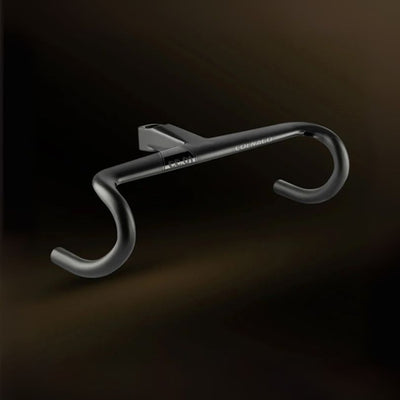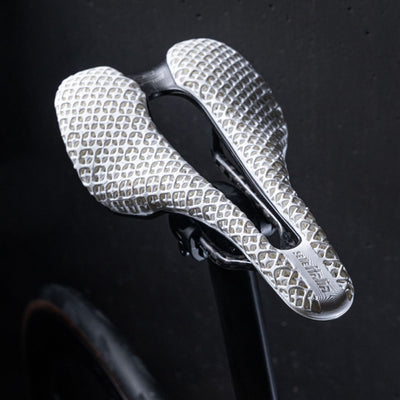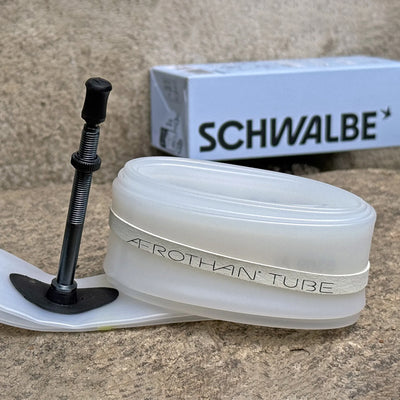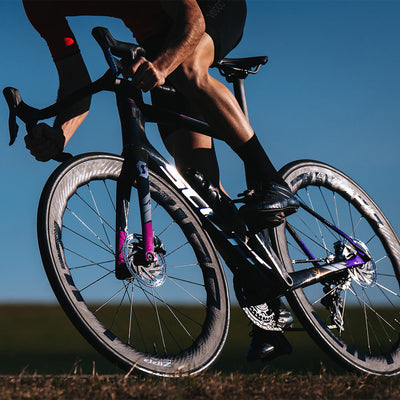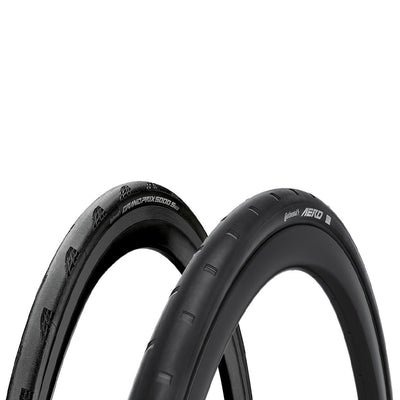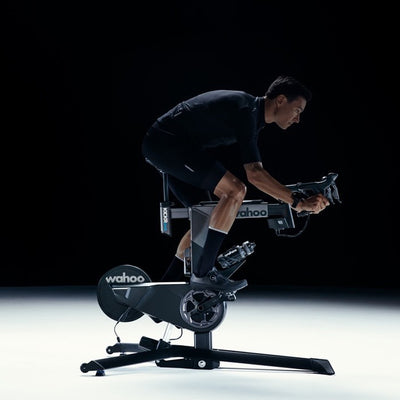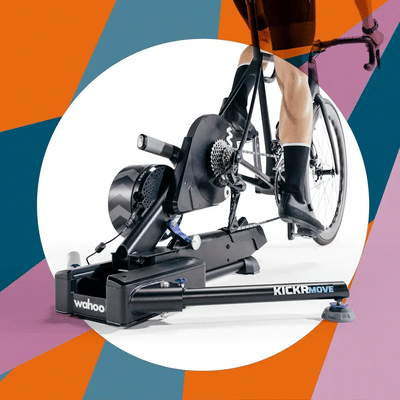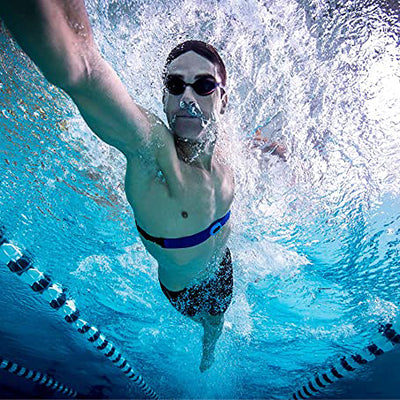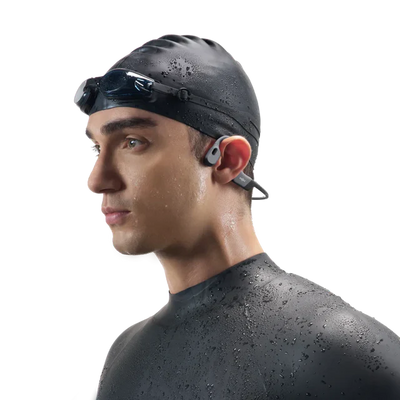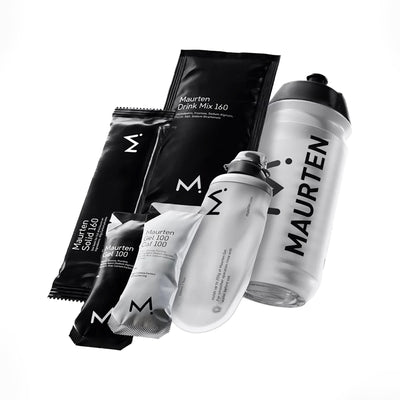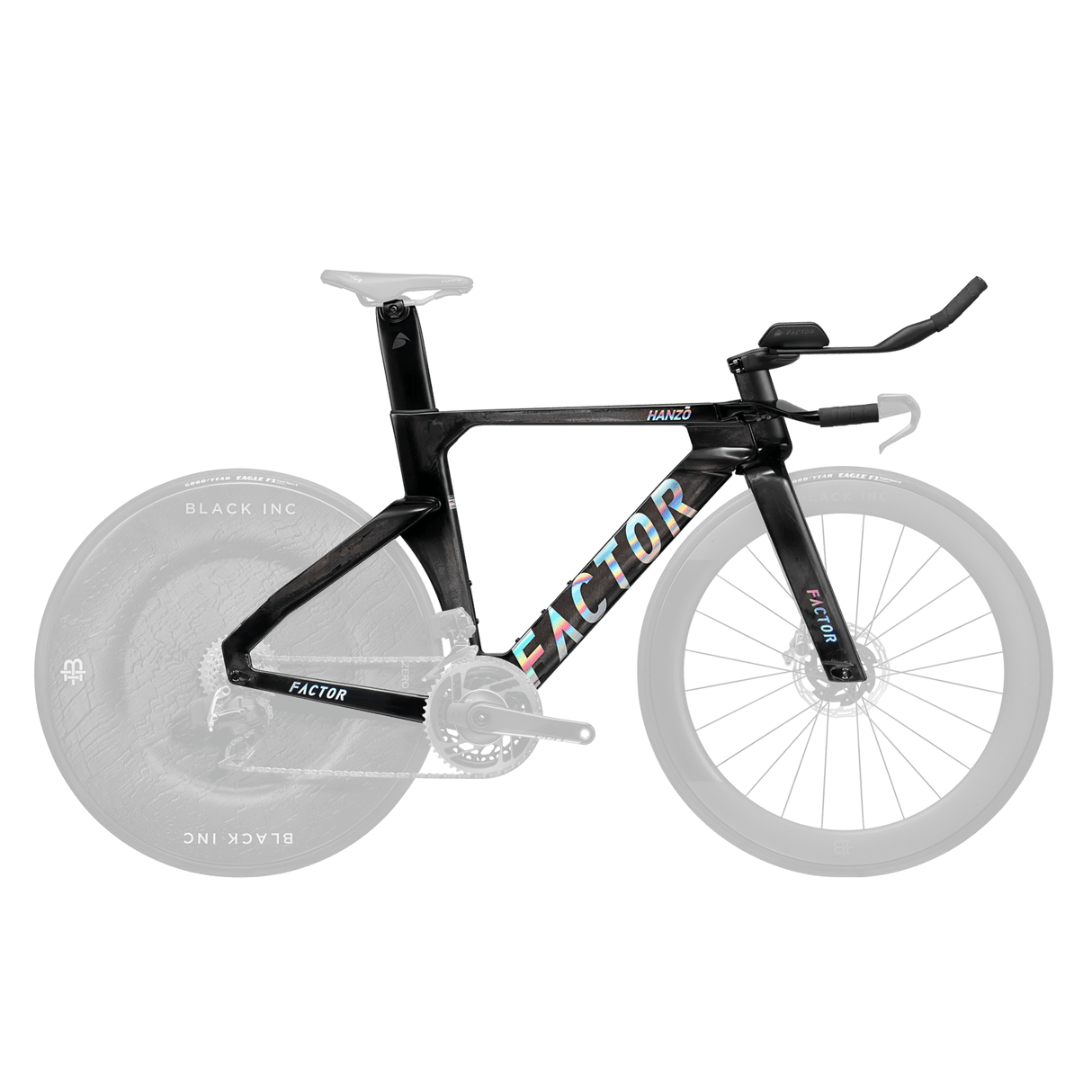Factor Hanzo Chrome Frameset
The Hanzo Time Trial frame kit from Factor is made from super-light, super-stiff TeXtreme® carbon fibres and offers you... Read More
Factor Hanzo Chrome Frameset - 56 Cm is backordered and will ship as soon as it is back in stock.
OVERVIEW
OVERVIEW
Precision equals speed
It has become fashionable to say that bikes have gotten as aero as possible. However, the Factor HANZŌ proves otherwise. When designing it, we decided to capitalize on the revised UCI rules with the goal of making the fastest purpose-built time trial bike in the world.
Focusing on each part of the bike, both individually and as a working whole, we have pushed each directive from the UCI to the absolute limit in innovative ways. Other manufacturers who do not own their own factories cannot approximate this level of control in the process which makes such precision possible.
This means that we have been able to make the HANZŌ faster and more aero efficient than the SLiCK and faster even than non-UCI legal time trial and triathlon frame designs.
Sharpening the leading edge
The front end, which is the leading edge of the frame, defines the level of aerodynamic efficiency. A change in UCI rules now allows for a minimum cross section on all tubes to be as small as 1cm — down from the previous minimum of 2.5cm.
With this new rule, we can reduce the frontal area by as much as 60%. But it’s not as easy as it sounds since the front end inevitably has large functional constraints such as headset bearings and cable routing that get in the way. We had to be creative to overcome the functional challenges of conventional bearing sizing, which normally have much wider outside dimensions.
However, because we have focused on area reduction, we have succeeded in reducing the net aerodynamic drag of the area exposed to undisturbed airflow. Simultaneously selecting the perfect airfoils while taking into account the angle of attack remains the key to ensuring the bike performs optimally during real world racing conditions.
Tuned aerodynamic design based on flow conditions
When we designed the frame, we considered the various flow regimes that a rider will face through free stream airflow. That means considering as separate conditions in the design process the undisturbed flow aft of the rider’s body, the spinning reaction air from the wheels, and the turbulent flow coming off the rider’s legs and calves.
Arriving at the thinnest possible frame thickness was the goal when considering how to minimize disturbing the airflow. Allowing for high clearance from the spinning wheels was the goal in the relevant areas, while the design considerations focused on stiffness in areas where the rider’s body dominates the flow. Finally, the radical seatstays and drop out shapes were designed as inline aerodynamic flow conditioners in an attempt to corral the vortexes emerging from the rider’s rotating legs and feet.
A true airfoil is key
Having a super thin front end, where the shape of the fork combines with the frame shape, creates a true airfoil to optimize the lowest possible drag by facilitating full laminar attachment at low yaw angles.
This incredibly aero design with a single piece fork, external steerer, combined with the mono-riser also enhances the structural efficiency since it’s a single part solution that would normally be dozens of items bolted and stacked together. Having the ability to mold the entire assembly in a single piece provides exceptional stiffness and weight improvements over systems that have extensive overlapping material in either bond joints or slip joints.
Whittling down the front end so dramatically resulting in the narrowest possible head tube also reduces the projected area. Projected area is equivalent to the area obscured by the object as it passes in its direction of travel. Reducing the HANZŌ’s projected area by 31% compared to the SLiCK effectively decreases the drag at all velocities.
Every part on the bike has been shaped carefully, with particular attention being paid to the transitions between tube shapes to give the best possible performance at low and high yaw.
Penalty-free pad stack
Having the ability to get the fit right for each rider is equally important as making the frame as aero as possible. The HANZŌ’s has been designed to work well with multiple popular manufacturers’ aero extension bars.
We’ve provided popular component manufacturers like AeroCoach and WattShop with the CAD profiles for the mast allowing a variety of solutions to be available to riders above and beyond our own Black Inc TT extensions. We understand the importance of touchpoints for our riders and were determined to make it easy to fit the preferred aero bars for the ultimate comfort and control.
Our super-narrow one-piece mono riser stack solution allows the rider to increase stack height with virtually no frontal area penalty. Totally UCI-compliant, this system eliminates the need for bolted-style risers that increase the frontal area and compromise the handling of the bike. Our ability to mold a septum or partition between the walls of the mono riser gives us the opportunity to have unprecedented levels of stiffness as well as responsive handling in the narrowest mono riser on the market.
Integration and compatibility
As the first bike to maximize the potential of the UCI’s revised design rules, the HANZŌ uses never before applied airfoil sections for the full 16cm of length allowed by the alignment of the head tube and down tube boxes. The design also integrates the basebar and frame top tube into an aero section, with seamless blends between those shapes to ensure minimal airflow detachment. Cable and brake line integration also plays a key role to ensure the HANZŌ shows the most aero face to the wind as possible.
With a basebar and mast specifically designed to accommodate the aero extension bars from a wide range of popular manufacturers, the HANZŌ is the ultimate time trial or triathlon bike for anyone looking to get the most out of themselves and their equipment.
A stiff, responsive ride
Aero isn’t everything. The HANZŌ is so much more than one of the world’s fastest time trial bikes. It’s incredibly stiff as well, capable of translating each pedal stroke into speed. Though the front end of the HANZŌ focuses on aero, the one piece fork and head tube leading up to the mono riser ensure the front end is rigid and immediately responds to the rider’s input.
As we move further back on the bike, where measurable aero advantages are less prominent, the stiffness of the design takes center stage. The down tube has an aerodynamic function, particularly in how well it integrates an aero water bottle, but it also offers a sturdy joining point for the super rigid bottom bracket. That junction point is not only exceptionally aero, but extremely stiff, as well. This design pushes the UCI rules right to the limit for the ultimate in aero performance while still being able to transfer power efficiently.
Though we enhanced the aero qualities of the rear triangle wherever possible, like using the width of the seatstays to smooth the airflow coming off the rider’s legs, the crux of the back end is its rigidity. We’ve also been careful to ensure practicality, with features like a seatpost that fits a Di2 battery.
Aerodynamic wheel-frame interaction
The rotating wheels and tires represent a unique challenge. The fully reversing flow comes off of the spinning tire and interferes with the frame and fork that are close to the affected area. This is exacerbated by the trend towards riding on wider tires, which shows no signs of slowing down.
With the HANZŌ we carefully moved the airfoil sections well clear of the rotating tire, preventing the interaction effect and allowing both sections to perform optimally. Additionally, this approach accommodates up to 28mm tires. This design takes advantage of the aero benefits that result from having greater clearance around the tires, essentially reducing the effect a tire’s shape has on the airflow through the fork and frame.
The one piece fork’s width not only works with the rotating front wheel to improve efficiency, but at the rear, the seat stays are as wide as UCI regulations allow in order to smooth the airflow between rear wheel and frame, as well as airflow off the rider’s calves.
A Perfect Partner – Black Inc
We have focused on ensuring that the HANZŌ pairs well with a wide range of accessories, from aero extension bars to tire widths. But our close working relationship with Black Inc gives Black Inc wheels a head start. Though the HANZŌ frame and fork have been designed to minimize the impact of the rotating wheels, ensuring that the most aero wheels are used still enhances the overall performance. To match our WorldTour set up, the Black Inc THREE on the front and the Black Inc ZERO disc wheel in the rear work hand-in-glove with the HANZŌ to be as aerodynamically efficient as possible.
Sixty Minutes of Hell
It takes a special kind of person to attempt the World Hour Record once, let alone twice. Having previously held the record in 2015, Factor-sponsored rider Alex Dowsett set out on a mission to reclaim the title on November 3rd falling just shy of the record, but still managing to ride a credible 54.555km within the hour.
This time round his weapon of choice was a Factor HANZŌ that was specially modified for track racing. Thanks to the level of attention paid to the road time trial version of the HANZŌ, this special Hour Record HANZŌ needed only certain adjustments to become an exceptional pursuit-style track bike.
The HANZŌ is especially good at low yaw, which translates to between 0 and 4 degrees, making it an exceptional performer on the track as well as road. The extremely narrow front end enhances the aerodynamics while the wide forks and rear stays separate wheel and fork interaction, which removes the question mark over whether a fast wheel will still be fast when it’s put next to a fork or stay.
The handling also offers an immediacy thanks to the mono riser, which is a continuation of the fork. Rider input is felt instantaneously. For the rear triangle, Silca have 3D printed titanium chainstays which have been bonded to the bike. This elegant solution provides the spacing and chain tension required for track bikes while remaining laterally stiff and lightweight.
It is truly a world-beating track bike ready to break records.
Origin of HANZŌ name
The name HANZŌ belongs to a famous 16th century ninja renowned as an expert tactician and master of sword fighting. The name has come to symbolize precision and expertise, as with the master swordsmith Hattori Hanzō in the Kill Bill movies.
Melding the myth behind the historical name with our own expertise, the Factor HANZŌ slices through the air with the sharp efficiency of a samurai sword.
GEOMETRY
GEOMETRY



